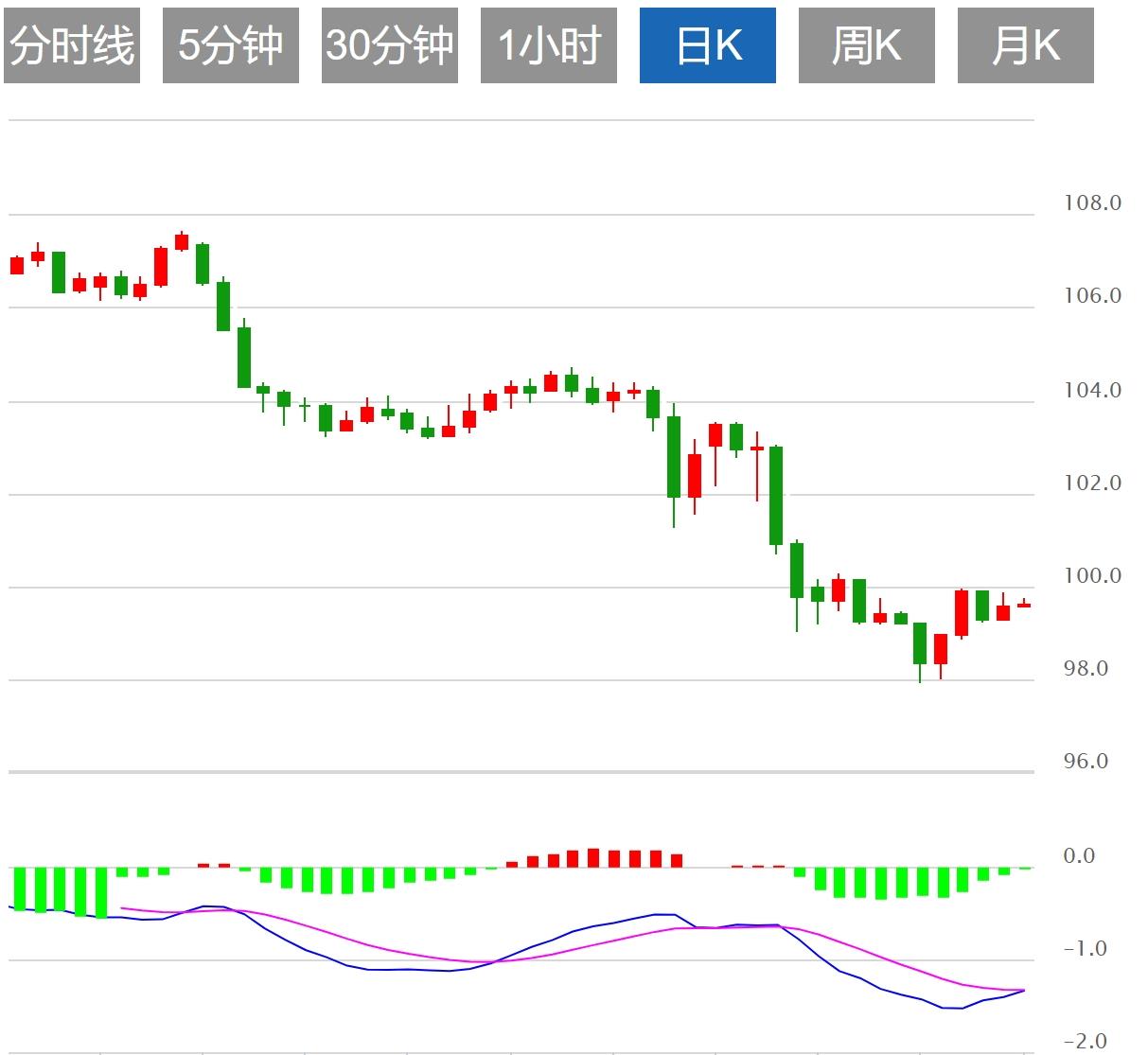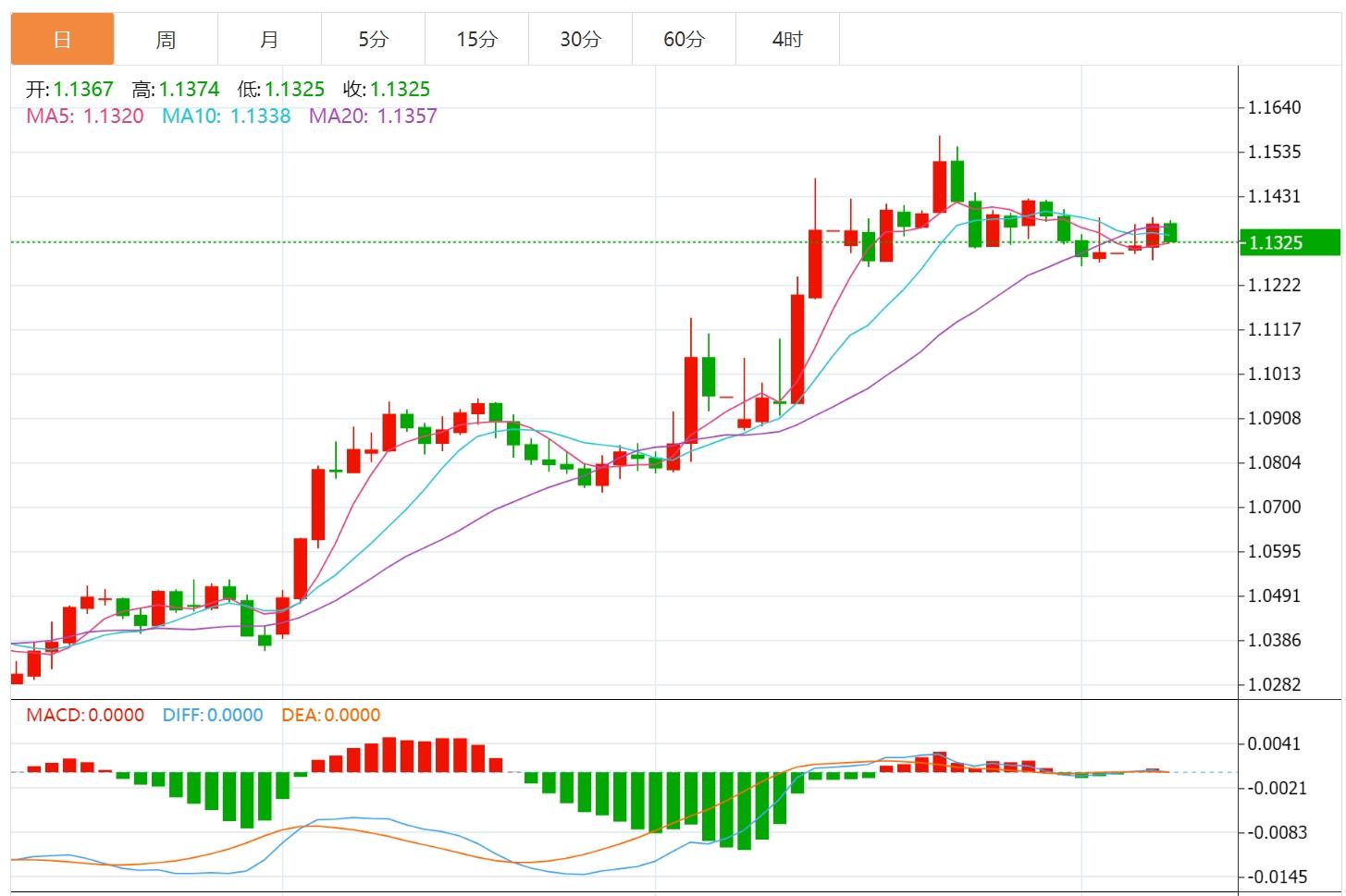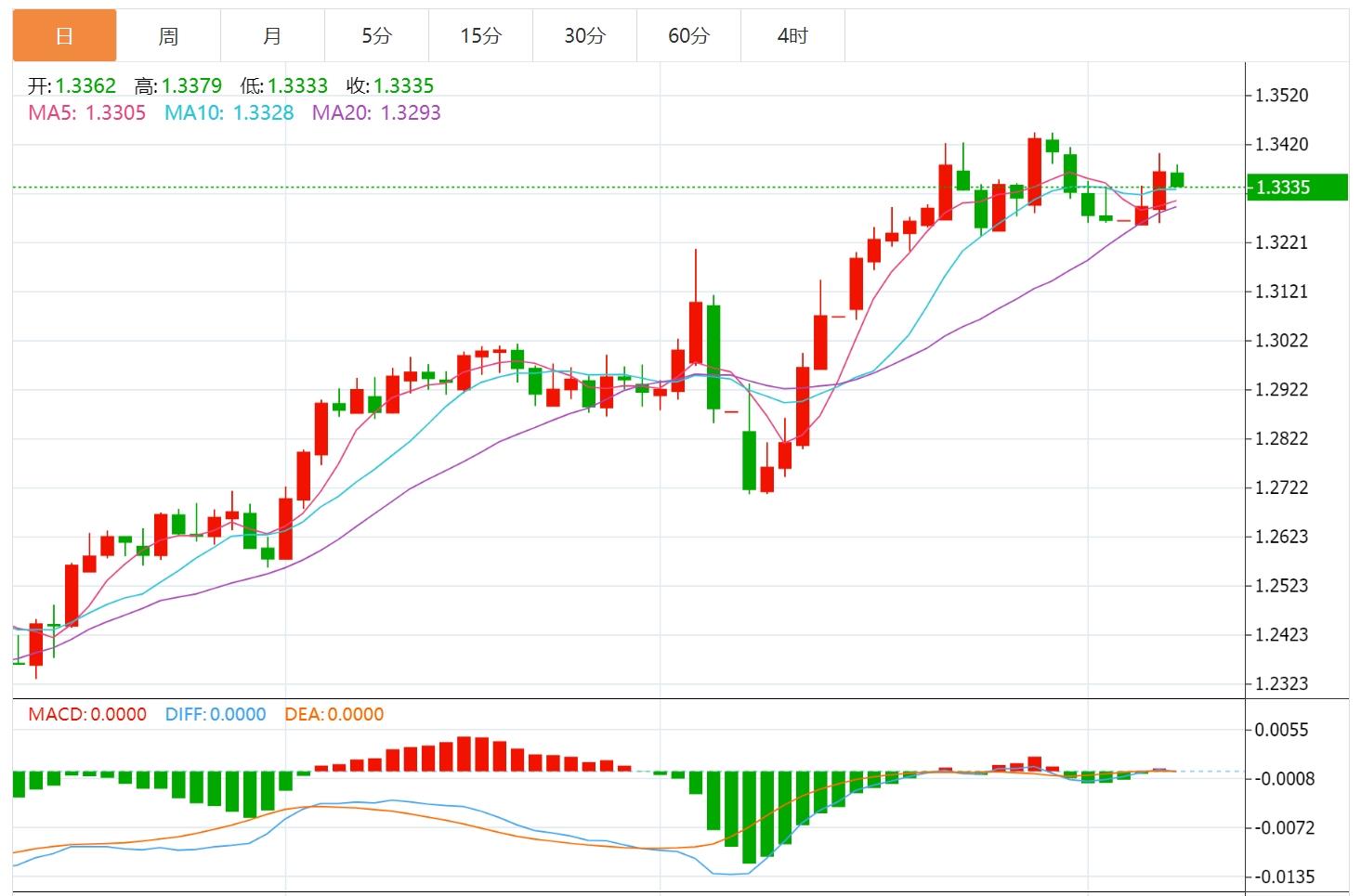Wonderful Introduction:
I missed more in life than I have not missed, and everyone has missed countless times. So we don’t have to apologize for our misses, we should be happy for our own possession. Missing beauty, you have health: Missing health, you have wisdom; missing wisdom, you have kindness; missing kindness, you have wealth; missing wealth, you have comfort; missing comfort, you have freedom; missing freedom, you have personality...
Hello everyone, today XM Foreign Exchange will bring you "[XM Group]: The US dollar index remains downward, and the market is waiting for the initial data of the United States to request." Hope it will be helpful to you! The original content is as follows:
On Thursday, the US dollar index fell slightly. This trading day, we need to pay attention to the Bank of England's interest rate resolution, changes in the number of initial unemployment claims in the United States, the New York Fed's 1-year inflation expectation in April, and the New York Fed's 1-year gold increase expectation in April. Russia implemented a ceasefire from 0:00 on May 8 to 0:00 on May 11 local time, and investors also need to pay attention to the relevant news about the situation in Russia and Ukraine and the Middle East.
Dollar: As of press time, the US dollar index hovered around 99.78. After the Federal Reserve kept interest rates unchanged at 4.5%, the US dollar index initially fell to 99.50 due to the rising risks in both the continued inflation and its dual tasks. The policy statement conveyed a cautious tone, emphasizing that while the labor market remains solid, uncertainty about the economic outlook increased. Traders briefly expected as many as three rate cuts this year, but market confidence waned as the press conference proceeded. Technically, on the upside, the first resistance level of the US dollar index was 100.22, which supported the index in September 2024, and breaking through the 100.00 integer mark will be a bullish signal. A strong rebound will return to 101.90, a level that has been a key level in December 2023 and once again serves as the basis for the reversal of the head and shoulders pattern in summer 2024. On the other hand, the 97.73 support level could be tested quickly under any substantial bearish headlines. Further down, the relatively weak technical support is at 96.94, followed by thisLower limit for the new price range. These will be at 95.25 and 94.56, meaning new lows not seen since 2022.



Federal Chairman Powell said at a press conference that the tariffs imposed by US President Trump on April 2 local time were "far more than expected." Current tariff levels could lead to slowing economic growth and could drive long-term inflation to rise. "If the announced significantly increased tariffs continue to be implemented, inflation and unemployment may rise and economic growth may slow down. The impact on inflation may be short-lived, reflected in one-time changes in price levels, but may also be more durable," Powell said. Powell said that given the scope and size of the tariffs, the risk of inflation and rising unemployment will certainly increase. If tariffs are ultimately maintained at current levels, the Fed's process to achieve its goals could be delayed until next year.
Goldman Sachs economists expect U.S. core PCE inflation to grow by 3.8% by the end of 2025 (previously forecast at 3.5%) and 2.7% by the end of 2026 (previously forecast at 2.3%). Compared with these forecasts, the latest core PCE data was only 2.6%. Goldman Sachs said the dollar weakened due to tariff news, which amplified the direct impact of tariffs on prices rather than offset it.
Minsheng Securities' macro team research report said, why do we think the current Fed's subjective willingness to cut interest rates in June is not strong? First, the Fed's current data-based policy framework is "lagging", and the biggest problem before the June meeting is the inability to obtain enough data to give the Fed the courage to take measures. Before the interest rate meeting from June 18 to 19, the Fed could only see the CPI and PPI in May, and the confidence given by previous data is insufficient. Second, the time of the June interest rate meeting was held was very "accidentally". The White House has set a deadline for the 90-day tariff suspension window on July 8, the deadline for the planned passing of the new tax cuts and expenditure bill is July 4, and the Fed's interest rate meeting is June 18-19. Before the emergence of these two policies, forward-looking interest rate cuts mean taking on major risks - if tariff negotiations and tax cuts go smoothly, the Federal Reserve has every reason to "slowly" on easing.
Dutch International analysts said in a report that the euro may benefit from de-dollarization of foreign exchange reserves, but there is more work to be done to increase the attractiveness of euro-denominated assets. “If central banks’ demand for the euro returns to the level at the beginning of this century, euro-denominated foreign exchange reserves could increase by about 450 billion euros.” Net issuance of U.S. Treasury bonds are absorbed primarily by domestic private investors, while major Asian investors are exiting the market, which helps de-dollarization. To attract these funds, Europe needs to provide a high-quality, high-liquidity asset pool to compete with U.S. Treasury bonds.
The above content is all about "[XM Group]: The US dollar index remains downward, the market is waiting for the US to request data first". It is carefully compiled and edited by the editor of XM Forex. I hope it will be helpful to your trading! Thanks for the support!
Only the strong know how to fight; the weak are not qualified to fail, but are born to be conquered. Step up to learn the next article!